You don’t have to be a surfer to enjoy the surfing lifestyle. Who doesn’t like the casual approach to life that surfers portray? Active days in the water, a walk along the beach, exploring the tide pools, watching California sunsets, snorkeling off of Hawaii, or drinking coffee while the sun rises off of the coast of Florida? Check out the latest in surf clothing, lifestyle clothes and surf accessories.
Our Apparel is sold on our secure site: Bestphotosonline.com
History of Surf Clothing
It was speculated that the sport of surfing was spawned in the South Pacific more than 4,000 years ago. (Visualize naked Polynesians paddling out on large boards into an un-crowded lineup). Eventually the sport of surfing ended up in Hawaii. It was there that the first white man saw the sport of surfing and it was also the first known mention of surfing in writing, which painted a picture of an exotic and curious diversion greatly enjoyed by the locals.
Then it wasn’t until about after World War II that surfers were considered to be unconventional free spirits, with the media images generated after the War setting the stage to transform surfing from a sport into a lifestyle. Surfers and surfing were considered by the youthful generations as being cool. Remember Ocean Pacific surf wear?
As surfing appeared in more advertisements and in movies and TV shows, the lifestyle of surfing took off. Soon subcultures developed, like windsurfing, skateboarding and wakeboarding, which brought with it their own trends, slang, surf clothes and graphics. By the eighties, major endorsement deals offered to the athletes and a growing casual clothing market, soon dominated by surf wear, further commercialized the sport.
Although there has always been a small tribe of women surfers throughout the ages, it wasn’t until Quiksilver came out with the very popular women’s boardshorts in the 90’s and the big movie hits about female surfers, that the sport experienced a surge of women paddling out into the lineup. Soon the majority of surf wear companies began to see their women’s division becoming the fastest growing market segment.
In the 90’s surfing saw a new surge of older surfers heading back out into the water. These surfers, who gave up surfing because of the time commitments to raising small children and buying homes, helped boost the longboard market and a new outpouring of surf lifestyle clothing.
Despite the conflict of commercialization versus the personal pursuit of the wave, surfing continues to inspire a global following of participants and admirers. Drawn to the mystique of an alternative lifestyle and an endless summer, the lure of the wave and the images it inspires, the surfer endures as one of the most universally recognized symbols of personal freedom.
So go live your surf lifestyle.

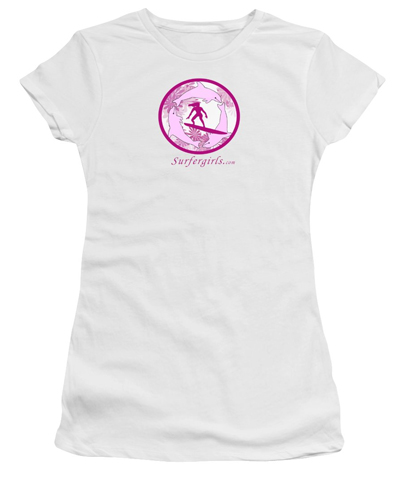 Surf T-Shirts
Surf T-Shirts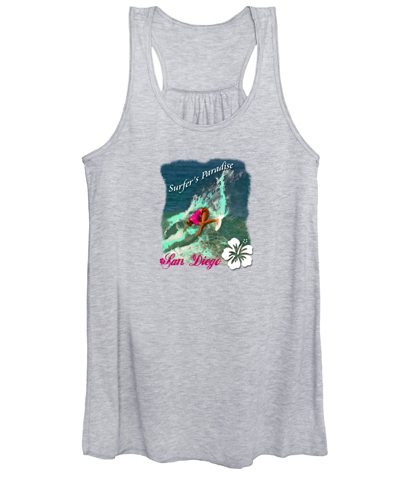 Tank Tops
Tank Tops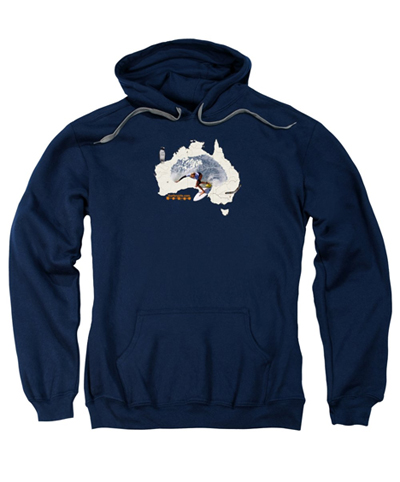 Sweat Shirts & Hoodies
Sweat Shirts & Hoodies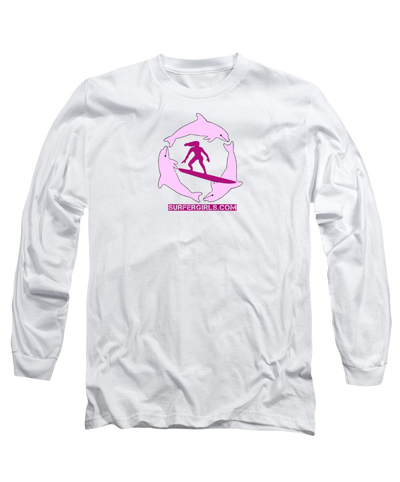 Long Sleeve Tees
Long Sleeve Tees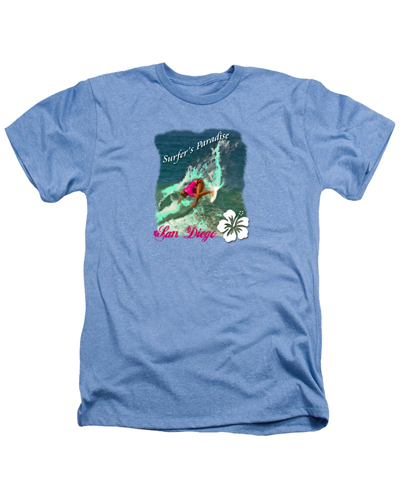 Heather Tees
Heather Tees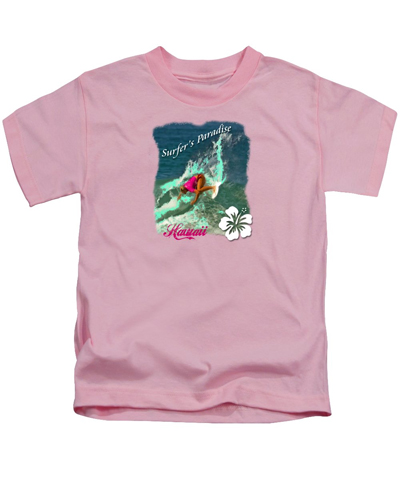 Kid’s T-shirts
Kid’s T-shirts